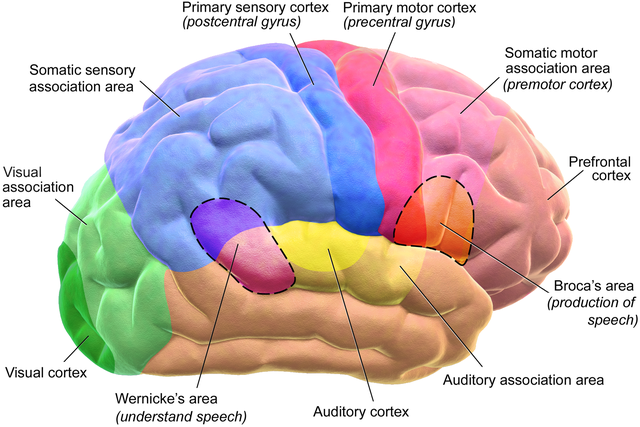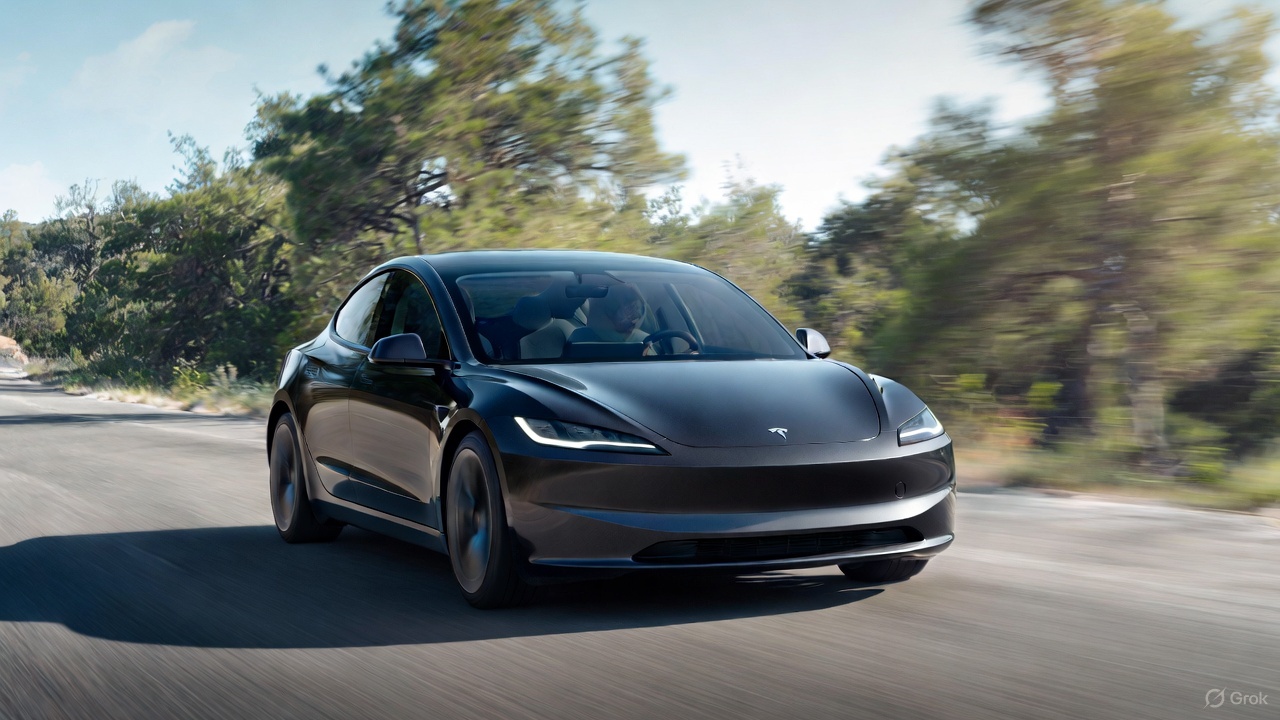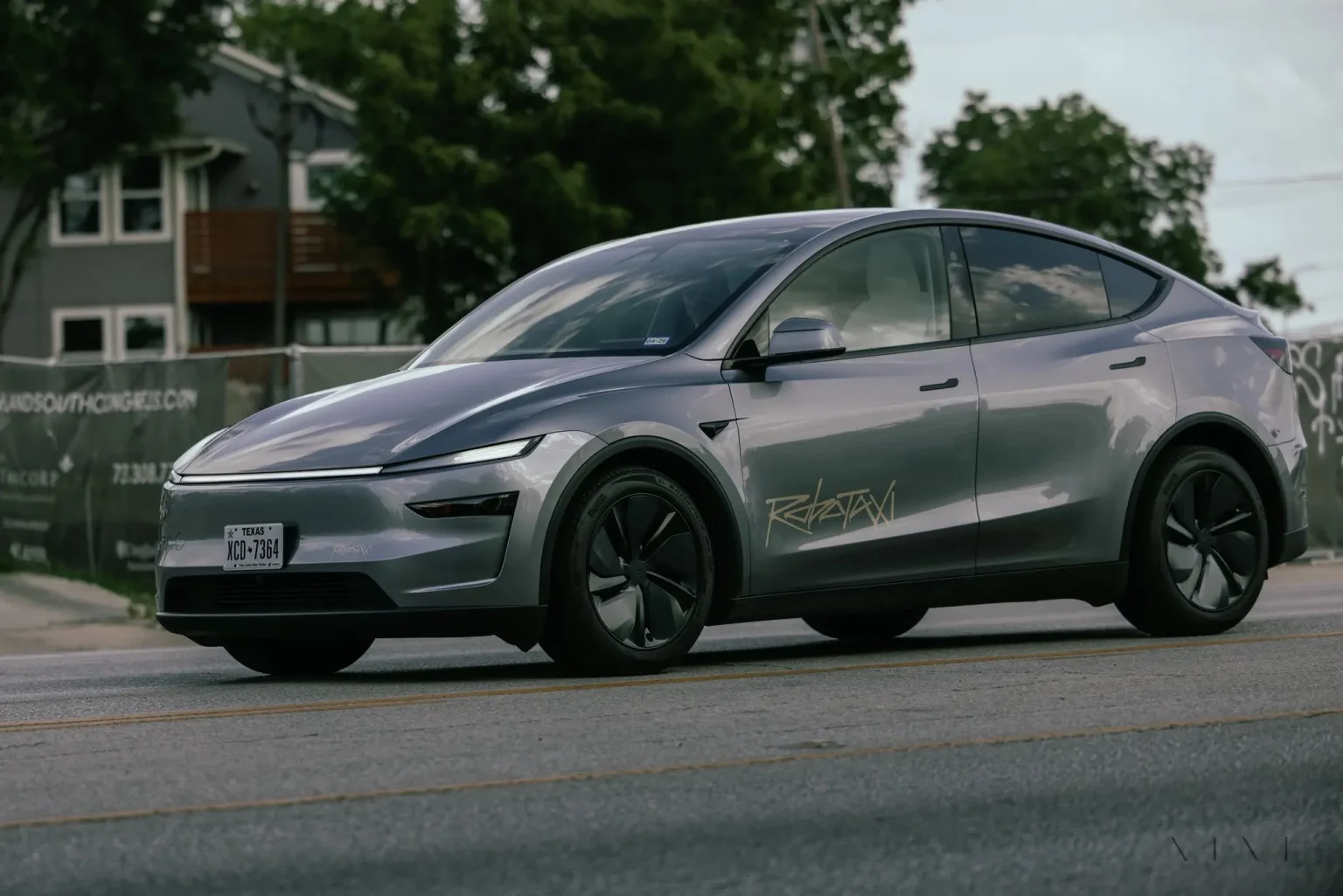

News
Scientists use AI neural network to translate speech from brain activity
Three recently published studies focused on using artificial intelligence (AI) neural networks to generate audio output from brain signals have shown promising results, namely by producing identifiable sounds up to 80% of the time. Participants in the studies first had their brain signals measured while they were either reading aloud or listening to specific words. All the data was then given to a neural network to “learn” how to interpret brain signals after which the final sounds were reconstructed for listeners to identify. These results represent hopeful prospects for the field of brain-computer interfaces (BCIs), where thought-based communication is quickly moving from the realm of science fiction to reality.
The idea of connecting human brains to computers is far from new. In fact, several relevant milestones have been made in recent years including enabling paralyzed individuals to operate tablet computers with their brain waves. Elon Musk has also famously brought attention to the field with Neuralink, his BCI company that essentially hopes to merge human consciousness with the power of the Internet. As brain-computer interface technology expands and develops new ways to foster communication between brains and machines, studies like these, originally highlighted by Science Magazine, will continue demonstrating the steady march of progress.

In the first study conducted by researchers from Columbia University and Hofstra Northwell School of Medicine, both in New York, five epileptic participants had the brain signals from their auditory cortexes recorded as they listened to stories and numbers being read to them. The signal data was provided to a neural network for analysis which then reconstructed audio files that were accurately identified by participating listeners 75% of the time.
In the second study conducted by a team from the University of Bremen (Germany), Maastricht University (Netherlands), Northwestern University (Illinois), and Virginia Commonwealth University (Virginia), brain signal data was gathered from six patients’ speech planning and motor areas while undergoing tumor surgeries. Each patient read specific words aloud to target the data collected. After the brain data and audio data were given to their neural network for training, the program was given brain signals not included in the training set to recreate audio, the result producing words that were recognizable 40% of the time.
Finally, in a third study by a team at the University of California, San Francisco, three participants with epilepsy read text aloud while brain activity was captured from the speech and motor areas of their brains. The audio generated from their neural network’s analysis of the signal readings was presented to a group of 166 people who were asked to identify the sentences from a multiple choice test – some sentences were identified with 80% accuracy.
While the research presented in these studies shows serious progress towards connecting human brains to computers, there are still a few significant hurdles. For one, the way neuron signal patterns in the brain translate into sounds varies from person to person, so neural networks must be trained on each individual person. The best results require the best data possible, i.e., the most precise neuron signals possible, meaning this is something that can only be obtained by placing electrodes in the brain itself. The opportunities to collect data at this invasive level for research are limited, relying on voluntary participation and approval of experiments.
All three of the studies highlighted demonstrated an ability to reconstruct speech based on neural data in some significant capacity; however, also in all cases, the study participants were able to create audible sounds to use with the computer training set. In the case of patients unable to speak, the level of difficultly in interpreting the brain’s speech signals from other signals will be the biggest challenge. Also, the differences between brain signals during actual speech vs. thinking about speech will complicate matters further.

News
Tesla FSD fleet is nearing 7 billion total miles, including 2.5 billion city miles
As can be seen on Tesla’s official FSD webpage, vehicles equipped with the system have now navigated over 6.99 billion miles.

Tesla’s Full Self-Driving (Supervised) fleet is closing in on almost 7 billion total miles driven, as per data posted by the company on its official FSD webpage.
These figures hint at the massive scale of data fueling Tesla’s rapid FSD improvements, which have been quite notable as of late.
FSD mileage milestones
As can be seen on Tesla’s official FSD webpage, vehicles equipped with the system have now navigated over 6.99 billion miles. Tesla owner and avid FSD tester Whole Mars Catalog also shared a screenshot indicating that from the nearly 7 billion miles traveled by the FSD fleet, more than 2.5 billion miles were driven inside cities.
City miles are particularly valuable for complex urban scenarios like unprotected turns, pedestrian interactions, and traffic lights. This is also the difference-maker for FSD, as only complex solutions, such as Waymo’s self-driving taxis, operate similarly on inner-city streets. And even then, incidents such as the San Francisco blackouts have proven challenging for sensor-rich vehicles like Waymos.
Tesla’s data edge
Tesla has a number of advantages in the autonomous vehicle sector, one of which is the size of its fleet and the number of vehicles training FSD on real-world roads. Tesla’s nearly 7 billion FSD miles then allow the company to roll out updates that make its vehicles behave like they are being driven by experienced drivers, even if they are operating on their own.
So notable are Tesla’s improvements to FSD that NVIDIA Director of Robotics Jim Fan, after experiencing FSD v14, noted that the system is the first AI that passes what he described as a “Physical Turing Test.”
“Despite knowing exactly how robot learning works, I still find it magical watching the steering wheel turn by itself. First it feels surreal, next it becomes routine. Then, like the smartphone, taking it away actively hurts. This is how humanity gets rewired and glued to god-like technologies,” Fan wrote in a post on X.
News
Tesla starts showing how FSD will change lives in Europe
Local officials tested the system on narrow country roads and were impressed by FSD’s smooth, human-like driving, with some calling the service a game-changer for everyday life in areas that are far from urban centers.

Tesla has launched Europe’s first public shuttle service using Full Self-Driving (Supervised) in the rural Eifelkreis Bitburg-Prüm region of Germany, demonstrating how the technology can restore independence and mobility for people who struggle with limited transport options.
Local officials tested the system on narrow country roads and were impressed by FSD’s smooth, human-like driving, with some calling the service a game-changer for everyday life in areas that are far from urban centers.
Officials see real impact on rural residents
Arzfeld Mayor Johannes Kuhl and District Administrator Andreas Kruppert personally tested the Tesla shuttle service. This allowed them to see just how well FSD navigated winding lanes and rural roads confidently. Kruppert said, “Autonomous driving sounds like science fiction to many, but we simply see here that it works totally well in rural regions too.” Kuhl, for his part, also noted that FSD “feels like a very experienced driver.”
The pilot complements the area’s “Citizen Bus” program, which provides on-demand rides for elderly residents who can no longer drive themselves. Tesla Europe shared a video of a demonstration of the service, highlighting how FSD gives people their freedom back, even in places where public transport is not as prevalent.
What the Ministry for Economic Affairs and Transport says
Rhineland-Palatinate’s Minister Daniela Schmitt supported the project, praising the collaboration that made this “first of its kind in Europe” possible. As per the ministry, the rural rollout for the service shows FSD’s potential beyond major cities, and it delivers tangible benefits like grocery runs, doctor visits, and social connections for isolated residents.
“Reliable and flexible mobility is especially vital in rural areas. With the launch of a shuttle service using self-driving vehicles (FSD supervised) by Tesla in the Eifelkreis Bitburg-Prüm, an innovative pilot project is now getting underway that complements local community bus services. It is the first project of its kind in Europe.
“The result is a real gain for rural mobility: greater accessibility, more flexibility and tangible benefits for everyday life. A strong signal for innovation, cooperation and future-oriented mobility beyond urban centers,” the ministry wrote in a LinkedIn post.
News
Tesla China quietly posts Robotaxi-related job listing
Tesla China is currently seeking a Low Voltage Electrical Engineer to work on circuit board design for the company’s autonomous vehicles.

Tesla has posted a new job listing in Shanghai explicitly tied to its Robotaxi program, fueling speculation that the company is preparing to launch its dedicated autonomous ride-hailing service in China.
As noted in the listing, Tesla China is currently seeking a Low Voltage Electrical Engineer to work on circuit board design for the company’s autonomous vehicles.
Robotaxi-specific role
The listing, which was shared on social media platform X by industry watcher @tslaming, suggested that Tesla China is looking to fill the role urgently. The job listing itself specifically mentions that the person hired for the role will be working on the Low Voltage Hardware team, which would design the circuit boards that would serve as the nervous system of the Robotaxi.
Key tasks for the role, as indicated in the job listing, include collaboration with PCB layout, firmware, mechanical, program management, and validation teams, among other responsibilities. The role is based in Shanghai.
China Robotaxi launch
China represents a massive potential market for robotaxis, with its dense urban centers and supportive policies in select cities. Tesla has limited permission to roll out FSD in the country, though despite this, its vehicles have been hailed as among the best in the market when it comes to autonomous features. So far, at least, it appears that China supports Tesla’s FSD and Robotaxi rollout.
This was hinted at in November, when Tesla brought the Cybercab to the 8th China International Import Expo (CIIE) in Shanghai, marking the first time that the autonomous two-seater was brought to the Asia-Pacific region. The vehicle, despite not having a release date in China, received a significant amount of interest among the event’s attendees.








